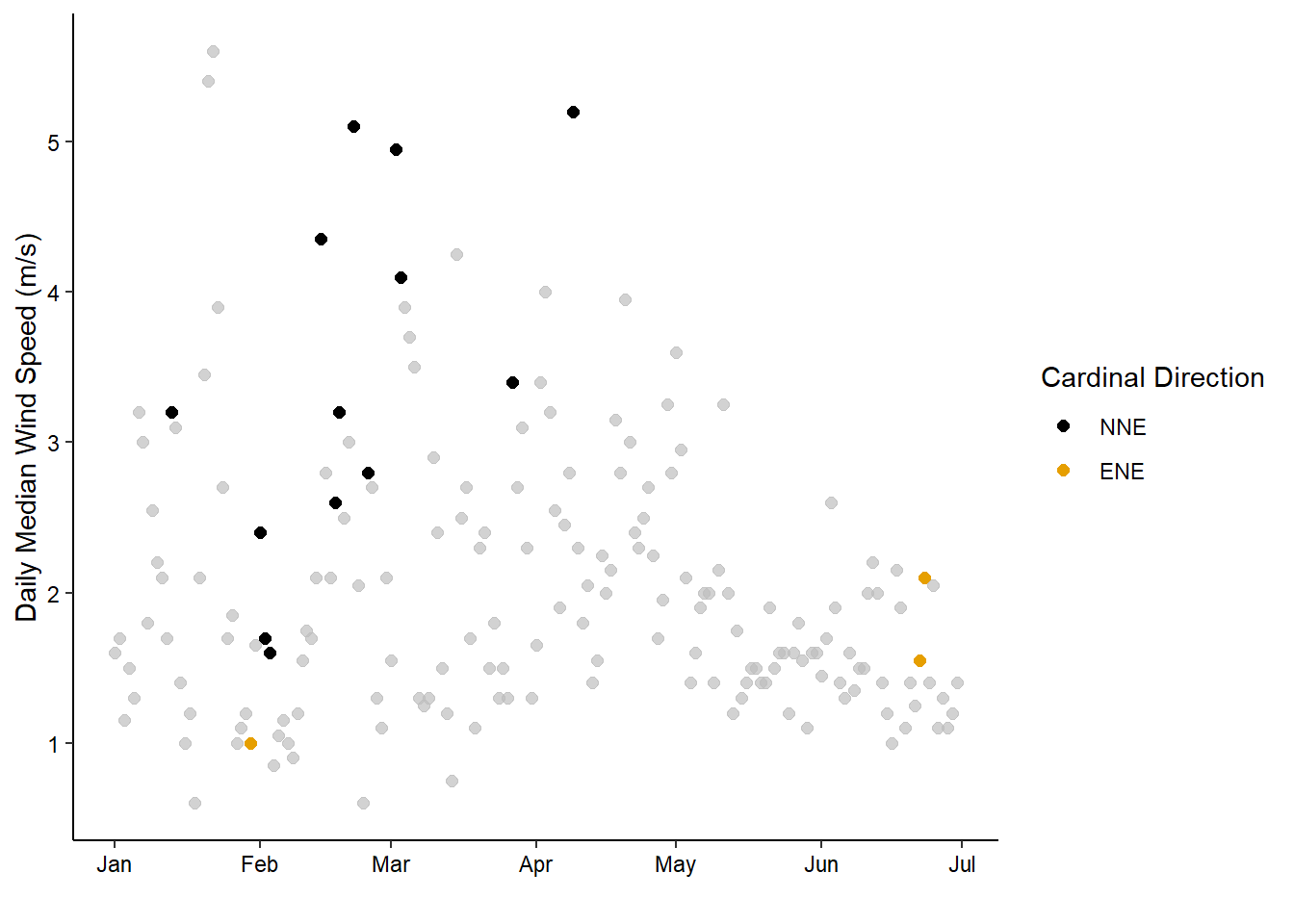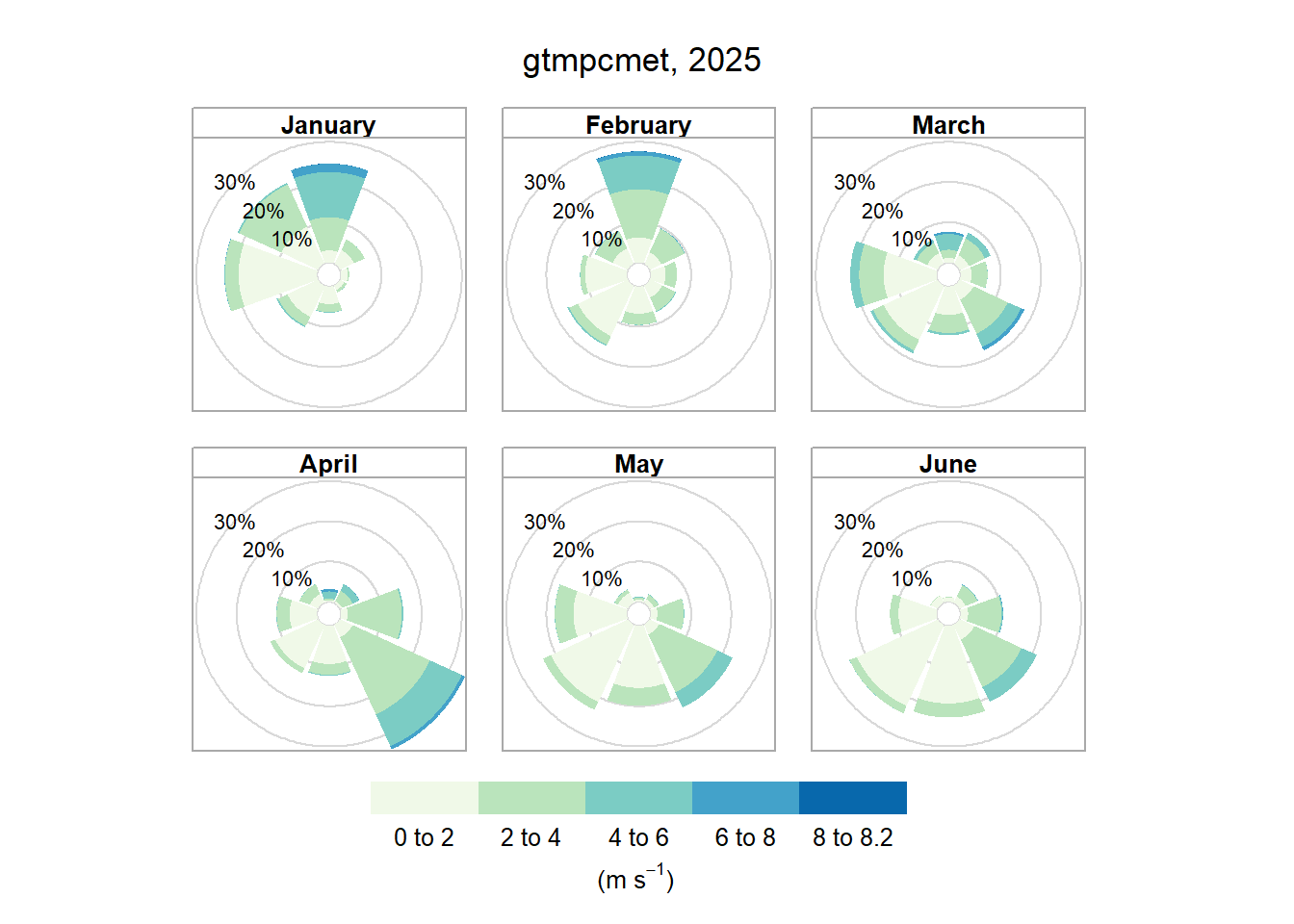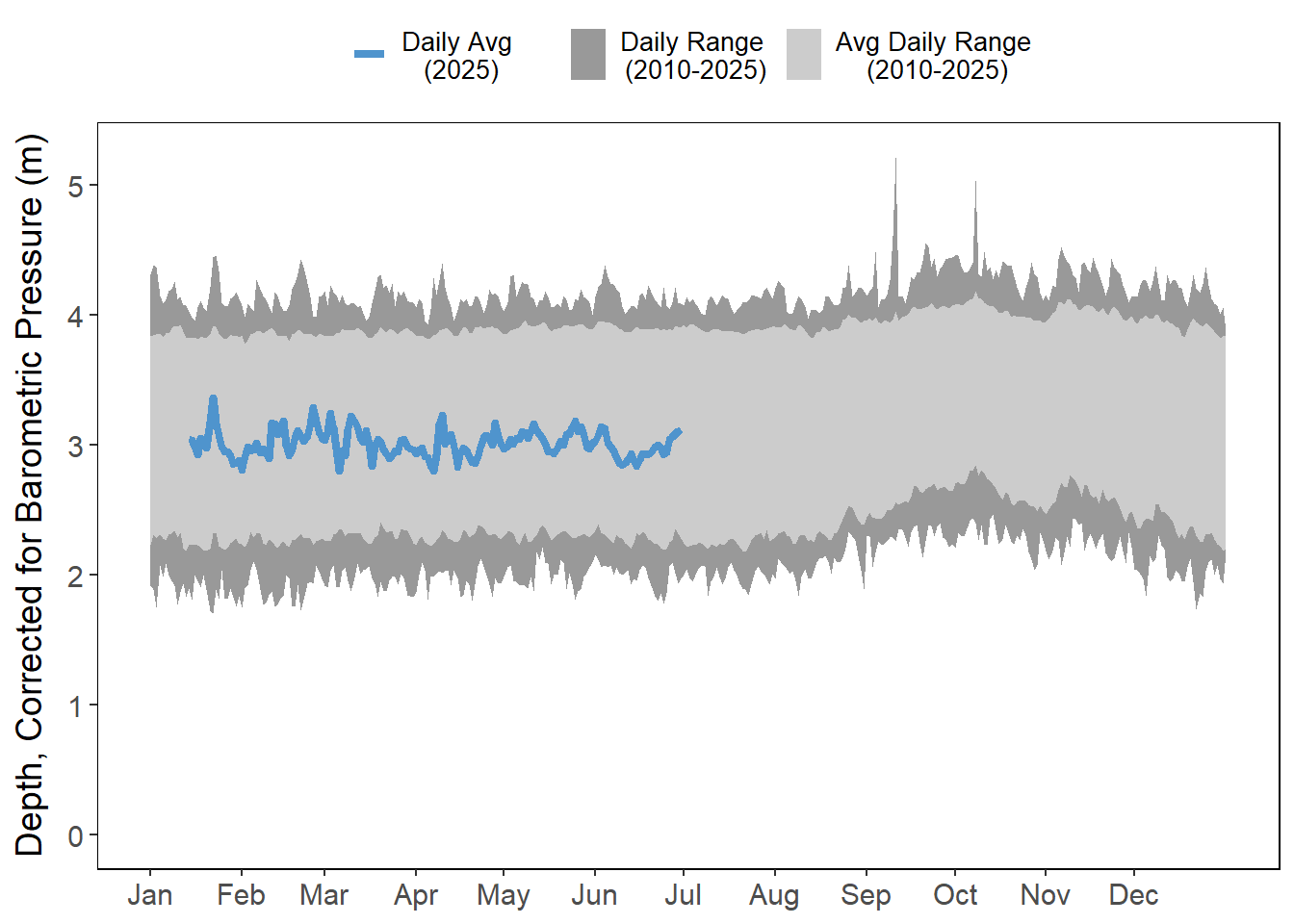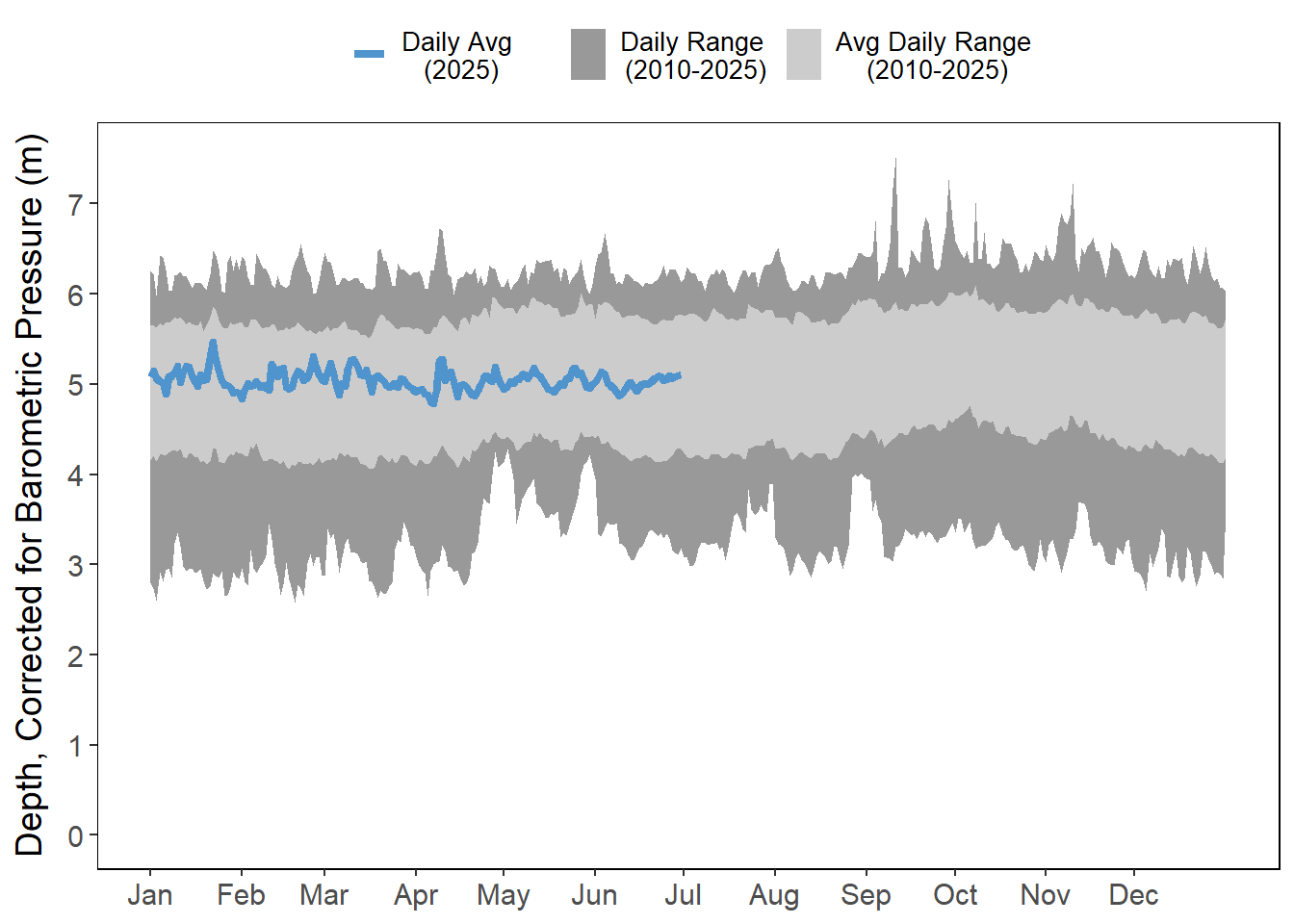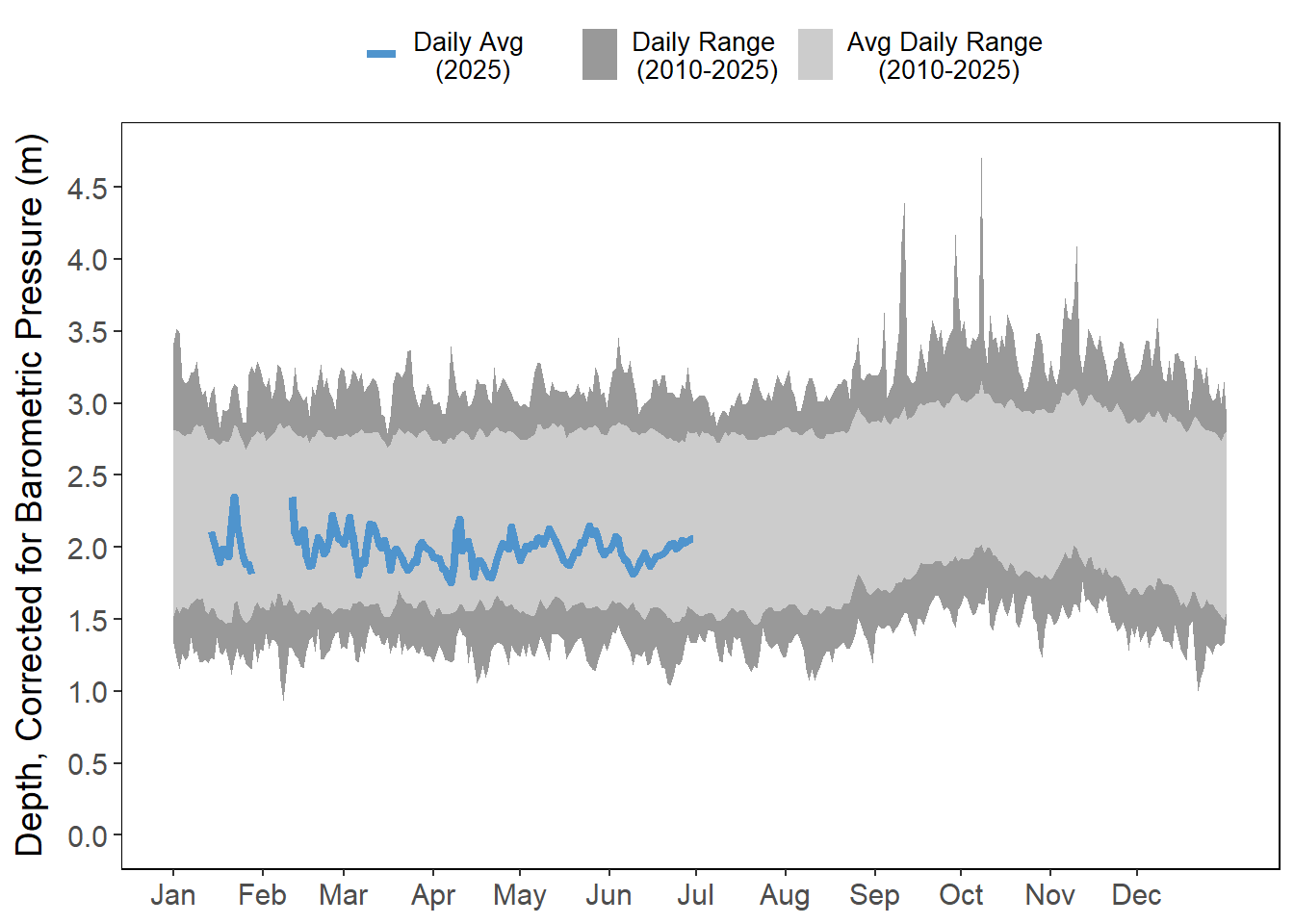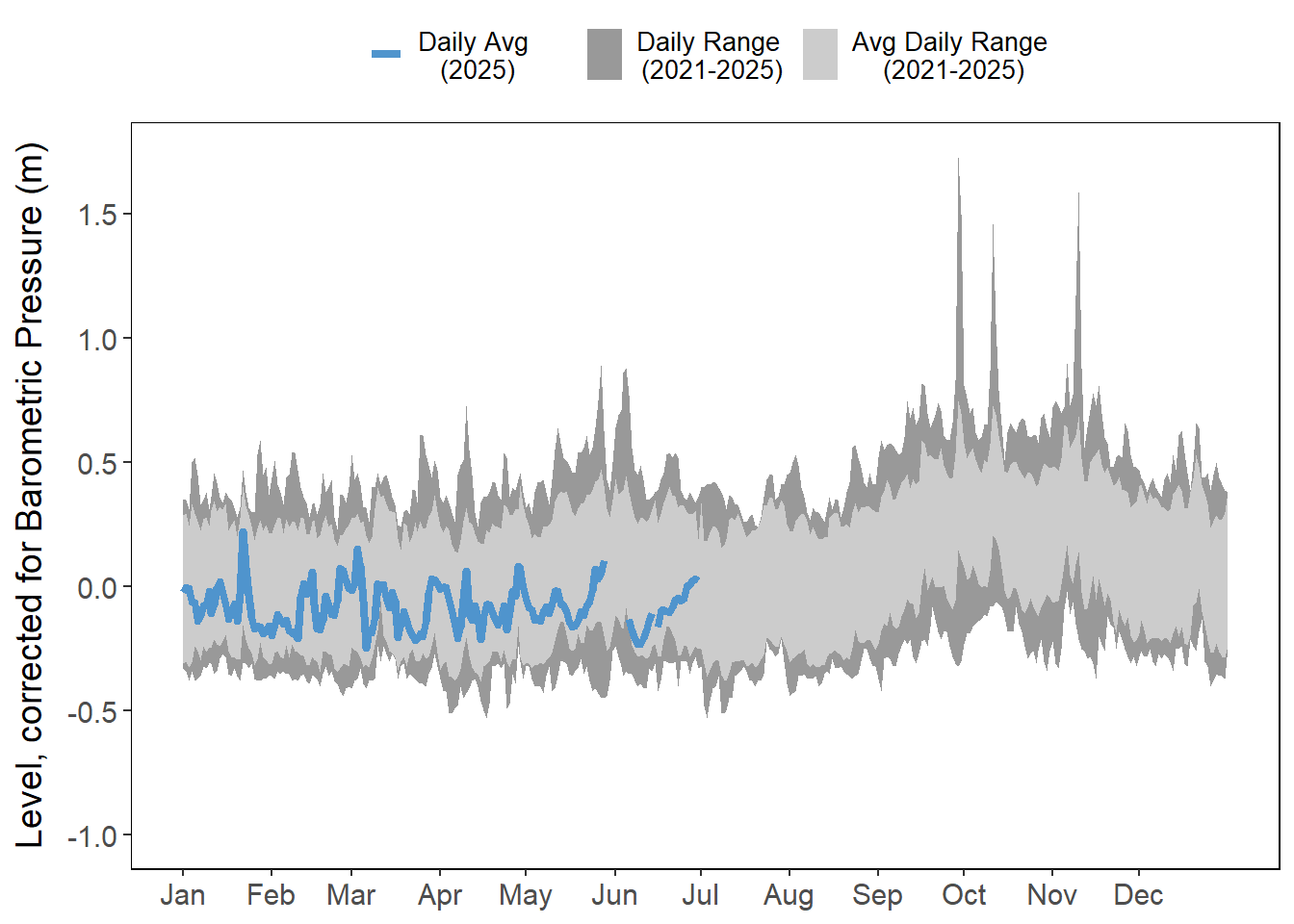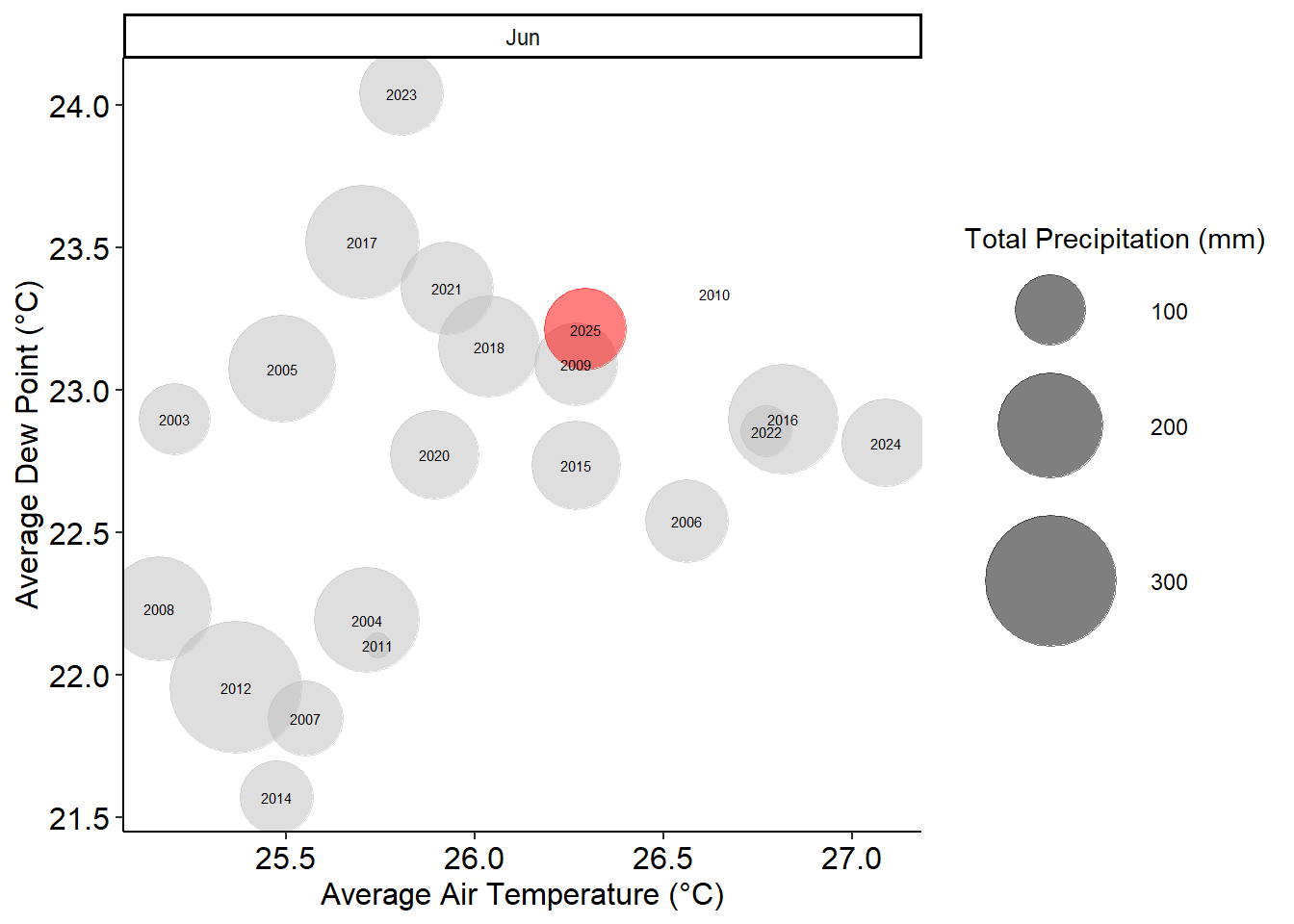| Year | Month/Day | Name | Total Rainfall (mm) | Ave Wind Speed (m/s) | Max Wind Speed (m/s) | Ave Wind Direction (Degrees) | Cardinal Direction |
|---|---|---|---|---|---|---|---|
| 2004 | 08/13 – 08/15 | H Charley* | 114.8 | 2.2 | 25.9 | 176.4 | S |
| 2004 | 09/04 – 09/08 | H Frances | 203.2 | 7.4 | 28.1 | 123.4 | ESE |
| 2004 | 09/19 – 09/21 | H Ivan | 35.1 | 7.2 | 14.4 | 46.5 | NE |
| 2004 | 09/26 | H Jeanne | 57.5 | 13.6 | 24.4 | 91.3 | E |
| 2005 | 09/05 – 09/09 | H Ophelia | 122.6 | 7.5 | 16.0 | 76.6 | ENE |
| 2005 | 10/04 – 10/06 | TS Tammy* | 40.1 | 4.2 | 18.5 | 121.2 | ESE |
| 2005 | 10/24 – 10/25 | H Wilma | 45.4 | 3.5 | 15.4 | 288.9 | WNW |
| 2006 | 08/24 – 09/04 | H Ernesto | 78.0 | 2.0 | 9.6 | 185.9 | S |
| 2007 | 05/31 – 06/05 | TS Barry | 88.6 | 3.2 | 14.7 | 176.8 | S |
| 2008 | 08/20 – 08/25 | TS Fay* | 200.9 | 5.9 | 20.6 | 117.3 | ESE |
| 2012 | 05/27 – 05/29 | TS Beryl* | 86.2 | 3.5 | 15.3 | 215.4 | SW |
| 2012 | 06/23 – 06/27 | TS Debby* | 141.0 | 3.4 | 14.6 | 172.1 | S |
| 2016 | 06/05 – 06/07 | TS Colin | 127.3 | 2.2 | 11.7 | 189.5 | S |
| 2016 | 08/28 – 09/06 | H Hermine | 66.0 | 2.7 | 12.8 | 130.8 | SE |
| 2016 | 09/14 – 09/19 | TS Julia* | 26.9 | 2.3 | 8.6 | 140.3 | SE |
| 2016 | 09/28 – 10/09 | H Matthew* | 193.2 | 3.6 | 28.9 | 142.6 | SE |
| 2017 | 09/10 – 09/12 | H Irma | 222.3 | 6.6 | 29.1 | 149.2 | SSE |
| 2019 | 09/03 – 09/05 | H Dorian | 83.8 | 5.1 | 19.1 | 178.0 | S |
| 2020 | 11/12 | H. Eta* | 12.4 | 3.7 | 13.4 | 211.0 | SSW |
| 2022 | 09/28 – 10/01 | H Ian | 238.0 | 5.6 | 21.5 | 182.1 | S |
| 2022 | 11/08 – 11/11 | H Nicole | 100.4 | 6.7 | 18.8 | 86.0 | E |
| 2023 | 08/29 – 08/30 | H Idalia | 17.7 | 3.1 | 16.6 | 176.8 | S |
| 2024 | 08/04 – 08/06 | H Debby | 35.7 | 3.8 | 13.7 | 174.2 | S |
| 2024 | 09/25 – 09/26 | H Helene | 24.9 | 4.9 | 17.4 | 142.0 | SE |
| 2024 | 10/09 – 10/10 | H Milton | 185.7 | 8.2 | 26.1 | 85.0 | E |
6 Environmental Drivers
This section includes drivers of environmental patterns such as significant weather events (e.g., tropical cyclones, Nor’easters, large rainfall events), anomalies, and other local events with impact.
6.2 Nor’easters
Typically, a Nor’easter is a storm along the East Coast of the United States with predominating winds from the northeast. These storms can last anywhere from a single day (24 hours) to several days or weeks. Callahan, Leathers, and Callahan (2022) found that these events can produce surges just as severe as tropical cyclone events and occur more frequently. These events are often in the news associated with blizzards in the New England area of the US; however, their impacts to Northeast Florida, including higher water levels, heavy prevailing winds, precipitation, and reduced tidal exchange, can be significant.
6.3 King Tides
“King Tides” are the highest predicted tides of the year and in Northeast Florida, these typically occur during the fall and winter months. For the city of St. Augustine, these events often bring nuisance flooding in coastal and low-lying areas. For the estuary, this typically also means reduced tidal exchange, a lack of low tide events, and more and prolonged flooding in the intertidal wetlands. The city reports these events on their website.
Predicted King Tide events in 2025 are:
- January 11th-14th
- September 9th-14th
6.3.1 Water Depth
Note that the water level data at Pellicer Creek only includes data from 2021–2024, which is due to this station switching from reporting depth to reporting level (NAVD88) in 2021 (Figure 6.3 (d)).
6.4 Temperature anomalies
Extreme temperatures, both high and low, have drastic impacts on environmental processes. For black mangroves (Avicennia germinans), temperatures under -4°C have been found to reduce mangrove cover (Cavanaugh et al. 2013). Extreme high temperatures are often health risks as they result in many heat-related illnesses.
No freeze events were recorded this year.
| Date | Duration (hrs) |
|---|---|
| 2025-05-16 | 4.75 |
| 2025-05-17 | 6.50 |
| 2025-05-21 | 6.25 |
| 2025-06-08 | 3.00 |
